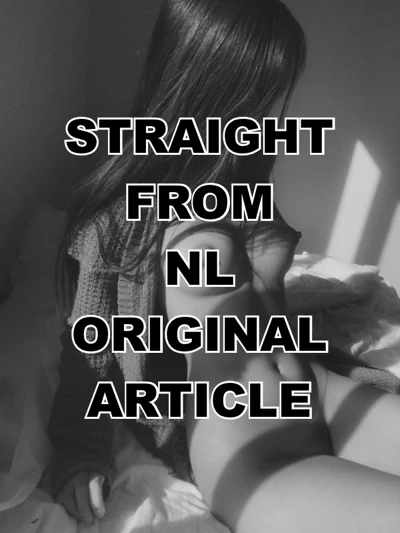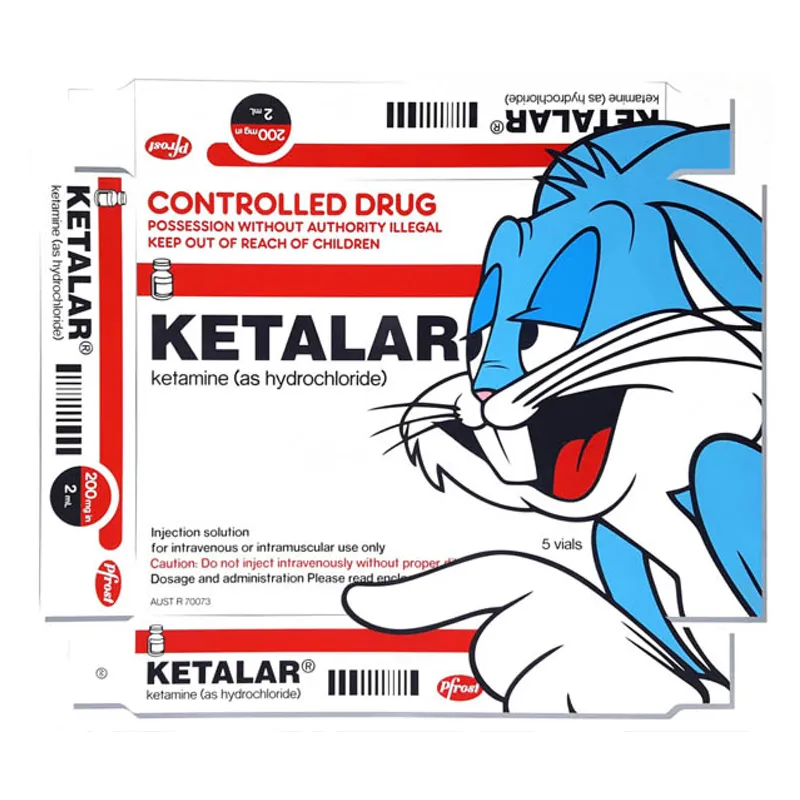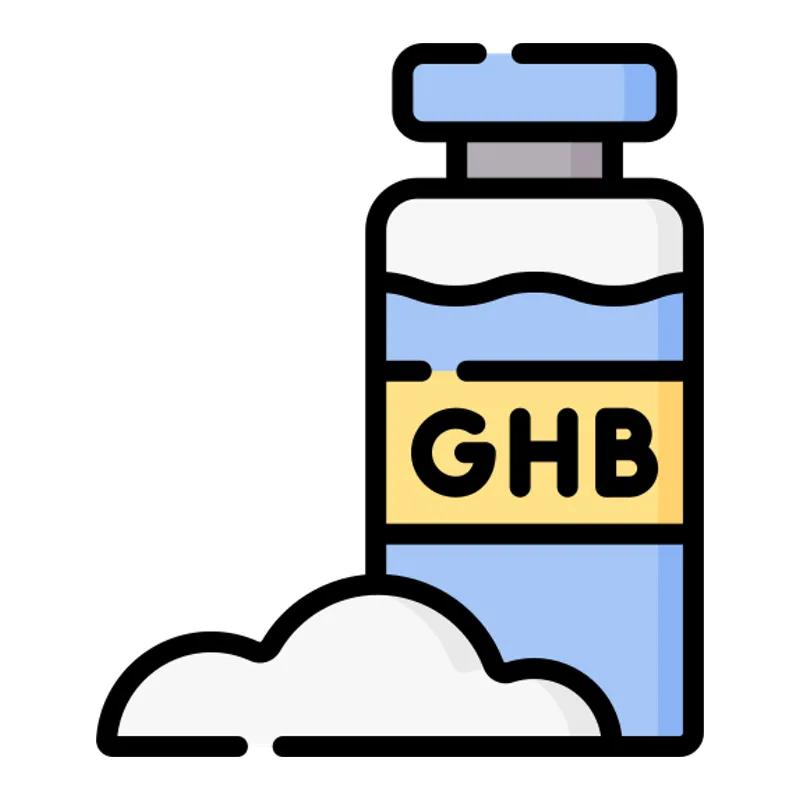Drug Prices in the Netherlands
Drug prices in the Netherlands are regulated by the Dutch Medicines Price Regulation Scheme (MPRS), which sets a maximum price for all medicines available on the Dutch market. The prices of drugs are determined by a variety of factors, including the drug’s active ingredient, the manufacturer, and the pharmacy where the drug is purchased. The MPRS also sets reimbursement prices for insured drugs, which are generally lower than the maximum price.
The Dutch government also applies a number of measures to help make drugs more affordable for citizens, such as co-payments and discounts for low-income households. In addition, the government provides subsidies for certain medicines, such as those used to treat cancer, HIV/AIDS, and other chronic illnesses.
Drug prices in the Netherlands are generally lower than in other European countries, although pharmaceutical companies have been known to raise their prices in the absence of government regulation. Nevertheless, the Netherlands is one of the most cost-effective countries in Europe when it comes to purchasing medications. In addition, the Dutch government has taken steps to reduce medicine prices further, such as capping the prices of generic drugs. This has resulted in lower prices for consumers, although drug manufacturers have argued that this has reduced their profits and resulted in fewer drug innovation.
Overall, the Dutch government has taken a number of steps to reduce the cost of medications and make them more accessible to citizens. However, the Dutch system still has room for improvement, particularly regarding the implementation of effective price regulations and the provision of subsidies for certain medications.
Meta







